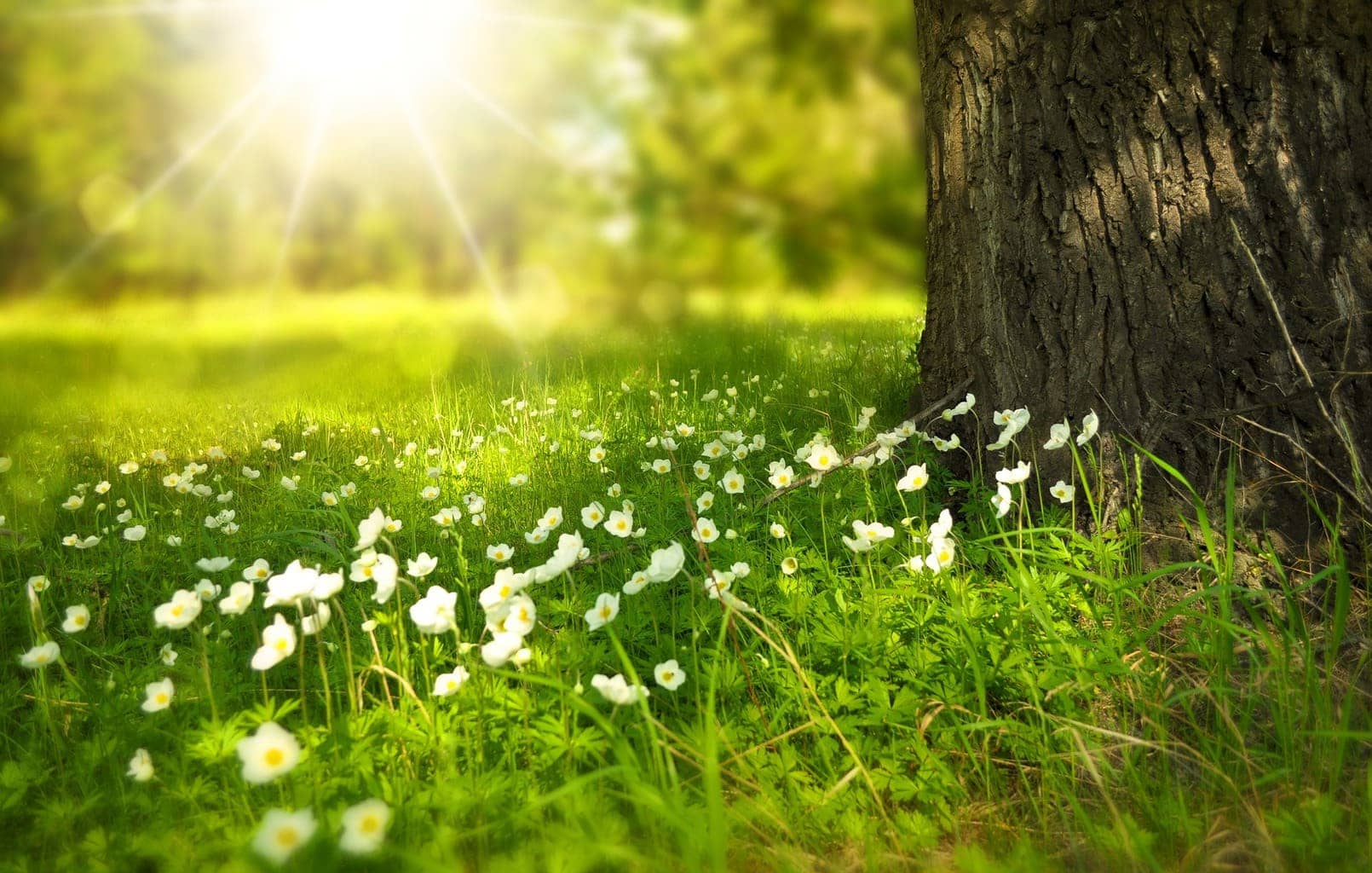Poker face when you hear the display lock. I know, still with me?
Have you ever noticed the mania of camera makers for putting little buttons on the camera that we never use? Not even trying to figure out what they are or what they are for?
- As if I saw you.
- Do we all look cut by the same diagram in this image?We play with the camera the first few days.
- We pass the manual Olympically.
- We limit ourselves to the basic settings for our photographic survival.
- And “pa ?Lante.
And this camera that cost us a kidney, we end up using it as a compact camera, in automatic mode and walking.
Well, it’s time to reboot, to look at our camera as much in love as we did the first time we took it in our arms, wanting to meet her like the first time.
It is time to fall in love again and review these virtues that have decided us to choose this model over everyone else.
It’s time to learn what exposure locking is all about, because it’s in the small details of our camera where the most important thing resides ;-), where its infinite possibilities are.
Before I define it I will put you in a situation, it is true that it has not happened once, two or three times that you try to measure the exposure in a specific area of the scene and that every time you move or trim the exposure values measured by the camera vary constantly ??
And isn’t it also true that you don’t always want this to happen?Is it true that sometimes you want to exhibit well for a specific area like the sky but you want to add the (darker) earth to your frame and that when you do, all the exposure is wasted?
That’s when the role of exposure blocking makes sense (the name already gives you a clue on the subject, doesn’t it?).
Exposure locking is the ability (offered by most cameras) to block a certain exposure during:
For all shooting modes where we don’t have full control over the shot, such as automatic mode or semi-automatic modes.
For if you follow us for a while, you will know that we are defenders of manual mode, but not always and not at all costs; There are times when we first need speed and we have to resort to semi-annual modes.
When you need specific exposure to an area of the image, but not necessarily to that image.
It’s a bit like using the camera as a photometer or a meter. On the one hand, you say, “Hey, measure here, measure this stone in the shadows because it’s the one I want to expose correctly. “”Keep this measured and don’t change it, now I’ll find the best frame for my stone. “
In the end, you’ll have a correct exposure of what you’ve reported to your camera, with the frame you’ve chosen, this equates to much more control over shooting in semi-automatic and even automatic mode.
Note that we always talk about semi-automatic or automatic modes, because in manual mode, you control all the settings at all times.
The best way to use it, as I mentioned earlier, is to work with the fact that the camera is your photometer (or posemeter), that is, your tool to measure light and obtain specific values.
The most accurate measurement mode is point mode, in which we ask the camera to focus a specific point on the image regardless of the surrounding light.
This is the most accurate mode for this reason and, therefore, the point mode is the most appropriate to apply with exposure locking. Because that’s what we’re looking for; being able to control the light from a specific point in the image without affecting the way we frame the image.
It is usually located at the back in the upper right area of the camera, in the form of a small button.
You can identify it with the asterisk symbol in Canon or with the letters AE-L, AEL, AE Lock on most marks.
Don’t think for a moment that things don’t suit you because you haven’t just clarified the subject of photography, because you’ve just started, you don’t quite know where to go with the amount of things to learn.
Exposure Lock is by no way a tool reserved for professionals, on the contrary, if you have just started and have not finished deleting with manual mode, or if you prefer semi-automatic modes for speed, this simple button will change your control over the image.
This excellent little working tool will give you the decision power and ability to control light. In photography there is nothing more important, you know ;-).
So, look for the exposure lock button on your camera and start training, incorporate it into your photography routine, make it as natural as breathing.
Even if manual mode is your thing and you already control everything, keep this in mind when you need agility in a semi-automatic way.
I hope you found this article helpful, that you put it into practice today, you will see that you will not regret having spent a few minutes read it. Sometimes in the little ones is the biggest magic?.
Oh, and if you liked it, you found it useful and think someone else might be interested in learning more about blocking the exposure, share it on your favorite social network to reach as many people as possible. Thank you and soon.

